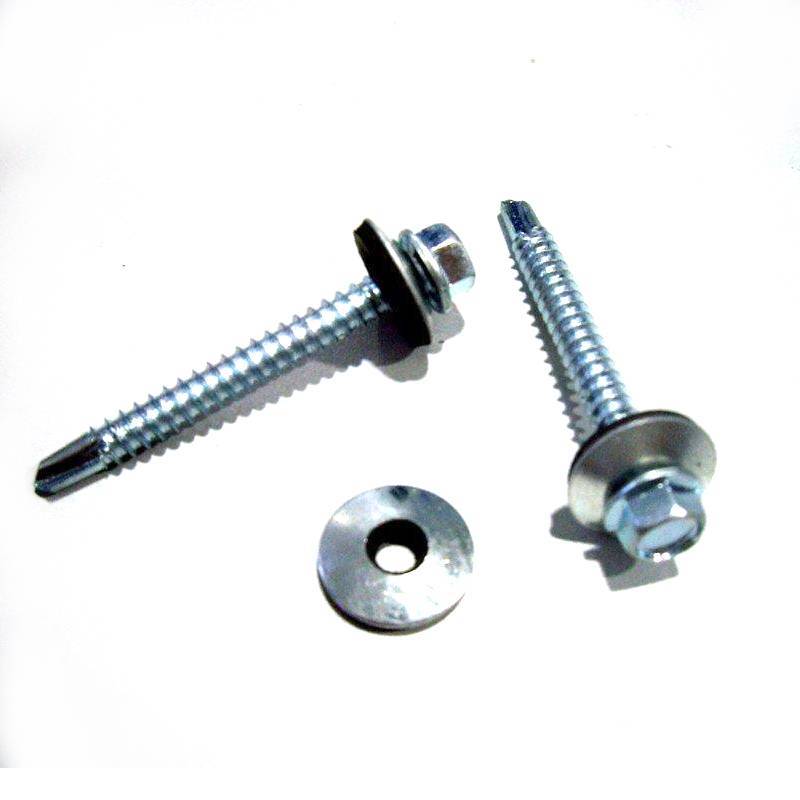Understanding the Functionality of Spring Washers in Mechanical Applications
The Purpose of a Spring Washer Ensuring Reliability and Stability in Mechanical Systems
In the realm of mechanical engineering, the importance of small components often goes unnoticed. Among these components, the spring washer plays a crucial role in ensuring the reliability and stability of various machinery and applications. Spring washers, typically known for their unique design and functionality, serve several key purposes that enhance the overall performance of mechanical systems.
Understanding Spring Washers
A spring washer is specifically designed to exert a spring force between the bolt and the surface it secures. They are created from materials like spring steel, stainless steel, or other metal alloys to endure the dynamic load conditions they frequently encounter. The most common shapes of spring washers are the wave washer and the helical spring washer. Each design offers distinct advantages tailored for different applications.
The Principal Functions of Spring Washers
1. Compensating for Tolerances One of the primary purposes of a spring washer is to compensate for the tolerances and variations in mechanical joints. When you tighten a bolt, it can leave a gap due to surface irregularities. The spring washer helps fill this gap, ensuring that the bolt maintains adequate contact with the surface, which is critical for maintaining joint integrity and preventing loosening over time.
2. Vibration Damping Mechanical systems often operate under conditions of vibration and dynamic loading. When components vibrate, they can loosen fasteners, which may lead to failure. Spring washers are designed to provide resistance against these vibrations. By exerting a constant force, they help prevent the loosening of bolts and nuts, thus significantly enhancing the reliability of the assembly in high-vibration environments, such as automotive or aerospace applications.
3. Load Distribution Spring washers also play a vital role in load distribution across bolted joints. This is particularly important in applications where uneven surfaces or varying material compressibility can create stress concentrations. The flexibility of spring washers allows them to conform to the mating surfaces, distributing load more evenly and reducing the likelihood of mechanical failure due to localized stress.
purpose of a spring washer service

4. Absorbing Shock In applications subject to sudden loads or impacts, such as in heavy machinery, spring washers can absorb shock to some extent. This property helps protect the integrity of both the fastener and the assembly by minimizing the forces transmitted through the joints, thus reducing the chances of damage or loosening.
5. Corrosion Protection In certain conditions, especially in corrosive environments, spring washers can provide a secondary layer of protection for fasteners. By maintaining pressure on connections, they help prevent moisture and contaminants from infiltrating joints, which could otherwise lead to corrosion and a reduction in the lifespan of the components.
Selecting the Right Spring Washer
Choosing the appropriate type of spring washer for a specific application is critical. Factors such as load requirements, environmental conditions, and the materials of the components involved must all be considered in the selection process. For instance, in corrosive environments, stainless steel spring washers may be preferred over carbon steel ones to enhance durability.
Moreover, understanding the correct installation procedures is essential for maximizing the effectiveness of spring washers. They should be placed under the bolt head or nut and tightened appropriately to ensure they function correctly.
Conclusion
In summary, spring washers are indispensable components in the world of mechanical engineering. Their ability to compensate for tolerances, dampen vibrations, distribute loads, absorb shocks, and protect against corrosion significantly contributes to the reliability and efficiency of mechanical systems. Whether in automotive, aerospace, or industrial machinery, the strategic use of spring washers ensures that the assemblies remain secure and functional under various operating conditions. Proper selection and installation of these small yet mighty components can lead to enhanced performance and longevity of engineering systems, emphasizing the significance of even the smallest details in mechanical design.
-
Top Choices for Plasterboard FixingNewsDec.26,2024
-
The Versatility of Specialty WashersNewsDec.26,2024
-
Secure Your ProjectsNewsDec.26,2024
-
Essential Screws for Chipboard Flooring ProjectsNewsDec.26,2024
-
Choosing the Right Drywall ScrewsNewsDec.26,2024
-
Black Phosphate Screws for Superior PerformanceNewsDec.26,2024
-
The Versatile Choice of Nylon Flat Washers for Your NeedsNewsDec.18,2024










